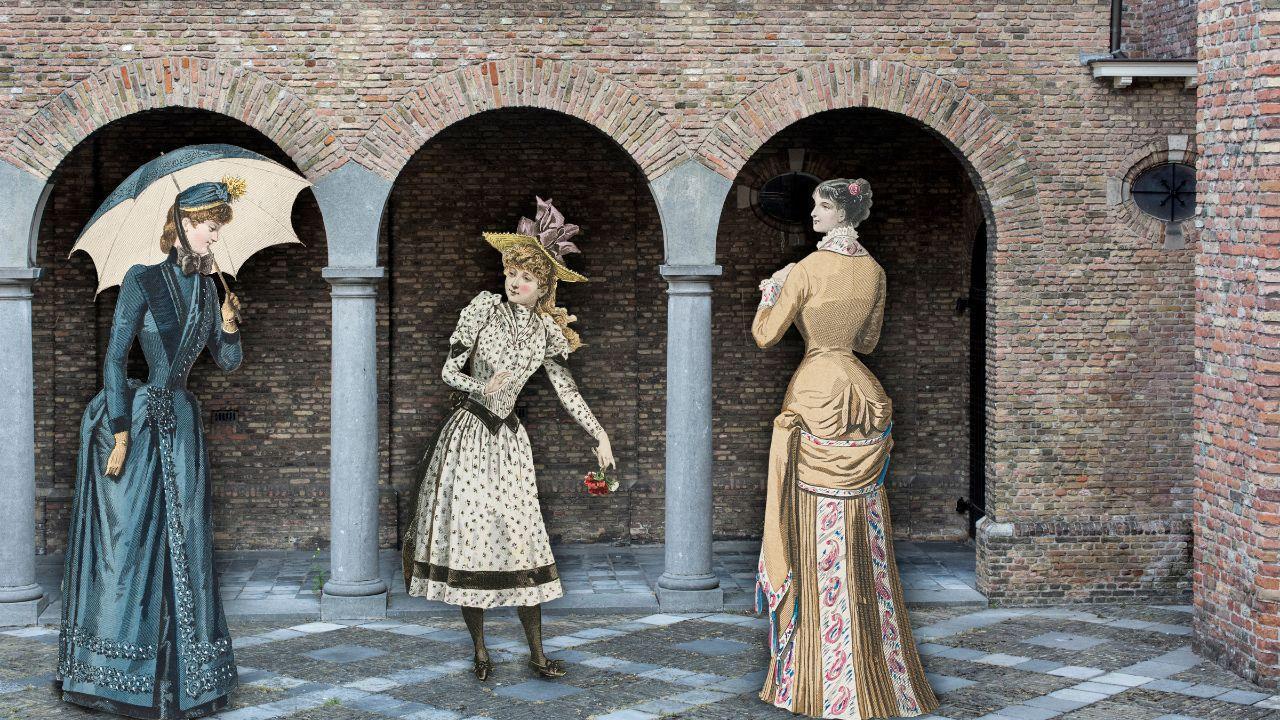
Unveiling the Timeless Tapestry of Fashion: A Journey Through the Decades:
Fashion is like a story that has been told in fabrics and stitches, weaving its way through time with a tapestry of colors, textures, and shapes. It's an ever-changing expression of who we are, where we've been, and where we're going. Imagine flipping through the pages of a history book, but instead of words on paper, you see garments and accessories, each one telling its own tale of culture, creativity, and individuality.
Picture the opulence of ancient civilizations, where clothing was more than just a covering for the body—it was a symbol of status, identity, and craftsmanship. From the flowing robes of Egyptian pharaohs to the intricate textiles of the Silk Road, fashion reflected the richness and diversity of cultures across the globe.
Fast forward to the Renaissance, where the courts of Europe were adorned with sumptuous fabrics, elaborate embroideries, and exquisite lace. It was an era of indulgence and extravagance, where clothing was a reflection of wealth, power, and social standing.
But fashion is not just about luxury and excess—it's also a mirror of the times. The Industrial Revolution brought about profound changes in the way we dress, as mass production made clothing more accessible to the masses. The rise of department stores and mail-order catalogs democratized fashion, allowing people from all walks of life to participate in the latest trends.
The 20th century was a time of seismic shifts in fashion, as designers like Coco Chanel, Christian Dior, and Yves Saint Laurent revolutionized the industry with their innovative designs and avant-garde aesthetics. From the flapper dresses of the Roaring Twenties to the power suits of the 1980s, each decade had its own distinctive style that reflected the social, political, and cultural currents of the time.
But fashion is not just about the clothes—it's also about the people who wear them. From movie stars and musicians to politicians and activists, individuals have always used fashion as a form of self-expression and identity. Whether it's the iconic style of Audrey Hepburn or the rebellious spirit of the punk movement, fashion has always been a way for people to make a statement and leave their mark on the world.
As we look to the future, one thing is clear: fashion will continue to evolve and adapt, reflecting the ever-changing world around us. From sustainable fabrics and ethical production practices to virtual fashion shows and digital influencers, the future of fashion is bright and full of possibilities.
So let us celebrate the rich tapestry of fashion history, honoring the designers, artisans, and visionaries who have shaped the sartorial landscape of our world. And as we embark on this captivating voyage through the annals of fashion, let us remember that style is not just about what we wear—it's about who we are and the stories we tell through our clothing.
The Prelude: Origins and Evolution:
In the distant echoes of history, long before the whirlwind of modernity swept across the lands, fashion quietly began its journey. Picture ancient civilizations like the Egyptians, Greeks, and Romans—not just clad in garments, but draped in stories. Each robe, each tunic, spoke volumes about its wearer. It wasn't merely about covering the body; it was about adorning the soul.
Imagine the grandeur of pharaohs adorned in regal robes, their attire echoing their divine stature. Picture Greek gods and goddesses draped in flowing garments, each fold a testament to their ethereal grace. And in the bustling streets of Rome, togas weren't just cloth; they were symbols of citizenship, status, and honor.
As centuries passed and empires rose and fell, fashion evolved alongside humanity. From the intricate tapestries of the Middle Ages to the sumptuous silks of the Renaissance, each era left its mark on the fabric of style. Kings and queens flaunted their opulence through lavish attire, while peasants found solace in the simplicity of homespun garments.
But fashion wasn't just for the elite; it was a language spoken by all. In far-flung corners of the world, tribes adorned themselves in vibrant hues and intricate patterns, each stitch a reflection of their culture and heritage. From the nomadic tribes of the desert to the indigenous peoples of the rainforest, fashion was woven into the very fabric of their existence.
And so, as civilizations flourished and societies evolved, fashion emerged as a universal language—a bridge between cultures, a celebration of diversity, and a testament to the ingenuity of the human spirit. From the looms of ancient weavers to the runways of modern designers, the story of fashion is a tale as old as time—a tapestry woven with threads of history, culture, and identity.
The 20th Century: A Renaissance of Style:
The turn of the 20th century was like a breath of fresh air for the fashion world. It was a time of immense change, where the rigid conventions of the past gave way to a newfound sense of freedom and expression. Gone were the days of corsets and cumbersome layers; instead, a wave of innovation swept through the industry, led by visionary designers who dared to challenge the status quo.
The Edwardian era, with its emphasis on opulence and formality, set the stage for what was to come. Women were adorned in elaborate gowns with high necklines and voluminous skirts, their silhouettes constrained by tight corsets and intricate layers of fabric. It was a time of grandeur and excess, where fashion was a symbol of status and social standing.
But as the new century unfolded, so too did the attitudes towards style. The outbreak of World War I brought with it a shift in societal norms, as women found themselves taking on new roles and responsibilities. The restrictive fashions of the past no longer seemed practical or relevant, and a desire for liberation began to take hold.
Enter the flapper style of the 1920s—a seismic shift in fashion that would forever alter the course of history. Inspired by the spirit of the Jazz Age, flappers rebelled against the traditional notions of femininity, opting instead for shorter hemlines, looser silhouettes, and a newfound sense of independence. It was a celebration of youth, vitality, and modernity, as women embraced newfound freedoms and broke free from the constraints of the past.
At the forefront of this revolution were iconic designers like Coco Chanel, Christian Dior, and Yves Saint Laurent. They were the trailblazers, the visionaries who dared to challenge the status quo and push the boundaries of what was possible. Chanel's timeless elegance, Dior's revolutionary "New Look," and Saint Laurent's daring innovations all played a pivotal role in shaping the fashion landscape of the 20th century.
But perhaps more than anything, it was their spirit of innovation and individualism that truly set them apart. They were not content to simply follow trends or adhere to convention; instead, they sought to redefine fashion on their own terms, creating timeless styles that continue to inspire and captivate us to this day.
In essence, the 20th century was a renaissance of style—a time of unprecedented creativity, innovation, and individualism. It was a period where fashion transcended mere clothing and became a reflection of the times—a mirror of society's values, aspirations, and dreams. And it is through the visionary efforts of designers like Chanel, Dior, and Saint Laurent that this legacy continues to endure, inspiring generations of fashion lovers to embrace their own unique sense of style and self-expression.
The Swinging Sixties to the Sensational Seventies:
The 1960s and 1970s were truly iconic decades in the world of fashion. They were a time of radical change, where young people rebelled against the traditions of their parents and embraced a new sense of freedom and self-expression.
In the swinging sixties, music, art, and fashion all collided to create a cultural explosion. It was an era of experimentation and innovation, where boundaries were pushed and conventions were challenged. The youth culture of the time rejected the conservative values of the past and embraced a more liberated and carefree attitude.
One of the most defining fashion trends of the sixties was the miniskirt. This daring garment, which rose to prominence thanks to designers like Mary Quant, symbolized the spirit of youth and rebellion. It was a bold statement of independence and confidence, and it quickly became a symbol of the swinging sixties.
But it wasn't just about short skirts and bold patterns. The sixties also saw the rise of iconic figures like Twiggy, whose androgynous beauty and mod style captivated the world. With her pixie haircut and doe-eyed gaze, Twiggy represented a new ideal of beauty that was youthful, fresh, and unconventional.
As the sixties gave way to the seventies, fashion took on a whole new vibe. The disco era brought with it a sense of glamour and excess, as people flocked to dance floors adorned in sequins, glitter, and shimmering fabrics. It was a time of hedonism and extravagance, where the party never seemed to end.
Disco fashion was all about making a statement. Women embraced form-fitting dresses, jumpsuits, and hot pants, while men sported wide-collared shirts, bell-bottom pants, and platform shoes. It was a time of bold colors, bold prints, and bold attitudes.
But beyond the glitz and glamour, the seventies were also a time of social and political change. Movements like feminism and civil rights were gaining momentum, and fashion became a powerful form of expression for those fighting for equality and justice.
In summary, the swinging sixties and sensational seventies were more than just fashion trends—they were cultural movements that reshaped society and paved the way for the future. They were a celebration of youth, freedom, and individuality, and their influence can still be felt in the world of fashion today.
The Decades of Diversity: 80s, 90s, and Beyond:
The 1980s burst onto the fashion scene like a riot of colors and shapes, embracing everything bold, brash, and unapologetically extravagant. Designers ditched the subdued palettes of previous decades in favor of eye-catching hues and larger-than-life silhouettes. Shoulder pads reached epic proportions, creating a powerful and assertive look that was synonymous with the era's corporate culture. Meanwhile, neon brights and geometric patterns dominated the streetwear scene, reflecting the burgeoning influence of pop culture and technology.
As the world bid farewell to the neon excesses of the 80s, the 1990s ushered in a new era of simplicity and understated cool. The grunge movement, born out of the underground music scene, swept through fashion, embracing flannel shirts, ripped jeans, and Doc Martens boots. Minimalism became the mantra of the decade, with designers favoring clean lines, neutral tones, and pared-back aesthetics. The rise of supermodels like Kate Moss epitomized this effortless, "just rolled out of bed" chic, challenging traditional notions of glamour and beauty.
As the new millennium dawned, fashion found itself at a crossroads, navigating the uncharted territory of a rapidly changing world. Technology, globalization, and the rise of social media transformed the industry, democratizing fashion like never before. Suddenly, style icons were no longer confined to the pages of glossy magazines—they were bloggers, influencers, and everyday individuals sharing their looks on Instagram and TikTok. High-end couture mingled effortlessly with streetwear, blurring the lines between luxury and accessibility.
In this brave new world of fashion, creativity knew no bounds. Designers pushed the boundaries of convention, experimenting with avant-garde shapes, innovative materials, and boundary-breaking concepts. From the futuristic visions of Alexander McQueen to the streetwise sensibilities of Virgil Abloh, the 21st century saw a proliferation of diverse voices and perspectives shaping the sartorial landscape.
As we reflect on the decades of diversity that have defined fashion's evolution, one thing becomes abundantly clear: style is not static, but fluid and ever-changing. It is a reflection of our culture, our values, and our collective imagination. And as we step boldly into the future, one thing remains certain—fashion will continue to inspire, innovate, and captivate us for decades to come.
A Glimpse into the Future: The 2020s and Beyond:
As we step into the uncharted territory of the 2020s and beyond, the world of fashion stands at a crossroads of innovation and introspection. With each passing year, our global community becomes increasingly conscious of the environmental and social impact of our choices. This growing awareness has sparked a revolution in the fashion industry, giving rise to a movement towards sustainability and ethical practices.
In the coming years, we can expect to see a continued emphasis on eco-friendly materials, responsible manufacturing processes, and transparent supply chains. Designers and brands are embracing innovative solutions, from recycled fabrics to zero-waste production techniques, in a bid to reduce their carbon footprint and preserve our planet for future generations.
Alongside the push for sustainability, the 2020s will also witness a renaissance of retro trends and timeless classics. As we look back to the fashion of decades past for inspiration, we rediscover the enduring appeal of vintage styles and timeless silhouettes. From the iconic glamour of the 1920s to the rebellious spirit of the 1990s, each era offers a wealth of inspiration for modern designers seeking to infuse their collections with a sense of nostalgia and authenticity.
But beyond the realms of sustainability and nostalgia, the future of fashion holds limitless possibilities for self-expression and creativity. In an increasingly interconnected world, diversity and inclusivity will continue to shape the narrative of style, celebrating the unique beauty of every individual and culture.
As we gaze into the crystal ball of fashion's future, one thing becomes abundantly clear: fashion is more than just clothing—it is a reflection of our collective identity, aspirations, and dreams. In the ever-changing landscape of our world, fashion remains a constant, evolving alongside us as we navigate the complexities of the 21st century and beyond.
So, let us embrace the journey ahead with open hearts and open minds, ready to embrace the transformative power of fashion to inspire, unite, and empower us all. Together, we can shape a future where style knows no boundaries and creativity knows no limits—a future where fashion truly becomes a force for positive change in the world.
A Legacy of Innovation and Inspiration:
In wrapping up, fashion's journey through time showcases the incredible imagination and resourcefulness of humanity. Think about it – from the extravagant opulence of yesteryears to today's refined simplicity, every era has contributed something unique to our cultural tapestry.
Picture the roaring twenties with their flapper dresses and rebellious spirit, or the swinging sixties with their vibrant colors and bold experimentation. These moments weren't just about clothes; they were about breaking boundaries and challenging norms.
And let's not forget the visionaries behind it all – the Coco Chanels, the Christian Diors, and the Yves Saint Laurents who dared to dream differently. Their creations didn't just adorn bodies; they told stories, sparked conversations, and shaped identities.
As we step into the future, let's pay homage to these trailblazers who paved the way for innovation and inspiration. Let's celebrate the diversity of styles and the power of self-expression. Because in the end, fashion isn't just about what we wear – it's a reflection of who we are and the world we want to create. So here's to fashion's timeless legacy, and to the endless possibilities that lie ahead.
Summary:
Fashion is more than just clothing; it's a rich tapestry woven with threads of history, culture, and identity. From ancient civilizations to modern-day runways, fashion has evolved alongside humanity, reflecting our values, aspirations, and dreams. Each era has brought its own unique styles and trends, from the opulence of the Renaissance to the rebellion of the 1960s. Visionary designers like Coco Chanel and Yves Saint Laurent have shaped the course of fashion history, pushing boundaries and challenging norms. As we step into the future, sustainability, inclusivity, and creativity will continue to drive the fashion industry forward, shaping a world where style knows no boundaries.
Disclaimer for Readers:
The views expressed in this article are those of the author(s) and do not necessarily reflect the opinions or policies of DXB News Network. The information provided is for general informational purposes only and should not be construed as professional advice. Readers are encouraged to conduct further research and consult with relevant experts before making any decisions based on the information provided. DXB News Network shall not be held liable for any errors, omissions, or damages arising from the use of this information.
#FashionEvolution #FashionThroughTheAges #StyleAndHistory #FashionJourney #LegacyOfInnovation #FashionInfluence #breakingnews #worldnews #headlines #topstories #globalUpdate #dxbnewsnetwork #dxbnews #dxbdnn #dxbnewsnetworkdnn

Sheikh Dr. Sultan bin Mohammed Al Qasimi, Ruler of Sharjah, has issued an Emiri Decree to establish and organize the Sharjah Creative Quarter (SCQ)...Read More.

Ruling BJP and allies proposed 23 changes to the Waqf Amendment Bill, while the opposition suggested 44, but none were accepted...Read More.
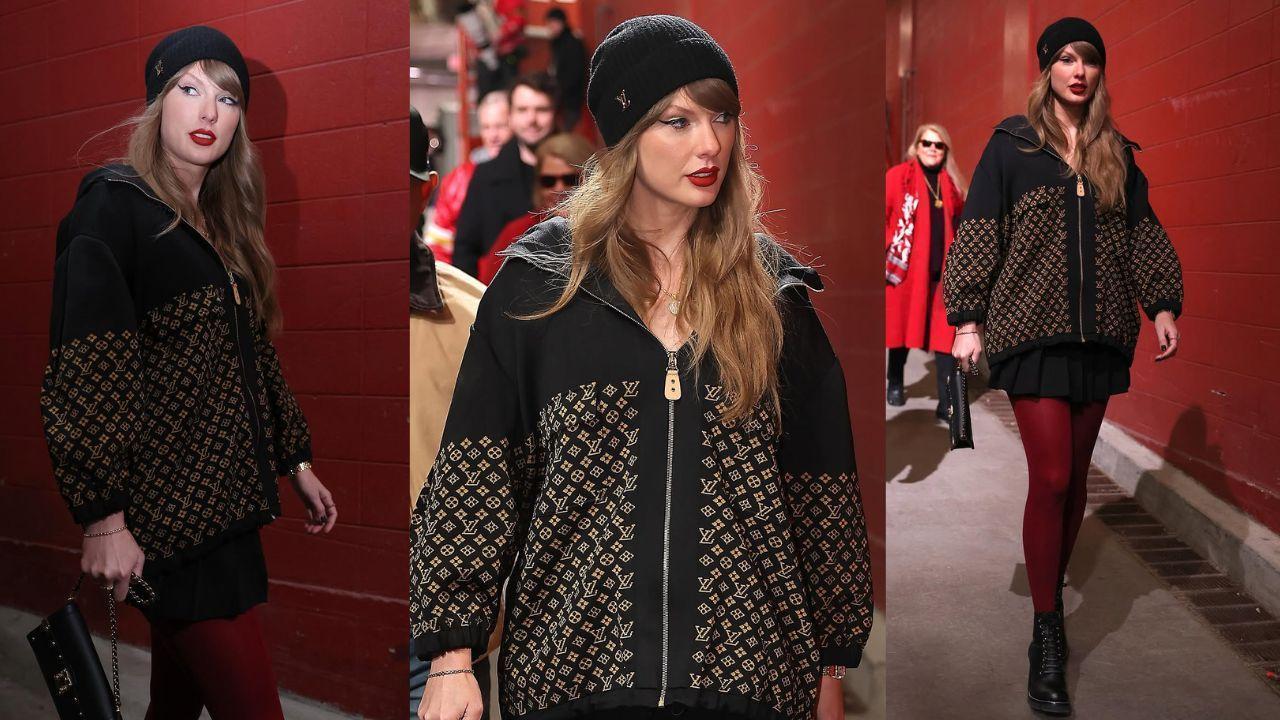 Taylor Swift Stuns in ₹4.5 Lakh Louis Vuitton Jacket at Travis Kelce's Match
Taylor Swift Stuns in ₹4.5 Lakh Louis Vuitton Jacket at Travis Kelce's Match
Taylor Swift's Louis Vuitton jacket stole the spotlight as she cheered for boyfriend Travis Kelce du
 Gulf Giants Secure Six-Wicket Victory Over Sharjah Warriorz
Gulf Giants Secure Six-Wicket Victory Over Sharjah Warriorz
Tom Alsop played a brilliant knock, scoring an unbeaten 85 to lead Gulf Giants to a stunning six-wic
 Dubai's Real Estate Market Stays Among the World’s Best: Hamdan bin Mohammed
Dubai's Real Estate Market Stays Among the World’s Best: Hamdan bin Mohammed
Dubai’s real estate sector sees AED761B in transactions and 2.78M procedures in 2024
 Tamer Ashour & Adam to Perform at Al Majaz Amphitheatre on February 15
Tamer Ashour & Adam to Perform at Al Majaz Amphitheatre on February 15
Tamer Ashour & Adam to perform at Al Majaz Amphitheatre on Feb 15, promising a captivating night
 Keys Stuns Sabalenka to Win First Grand Slam Title
Keys Stuns Sabalenka to Win First Grand Slam Title
Madison Keys defeated top seed Aryna Sabalenka 6-3, 2-6, 7-5 to win her first Grand Slam title at th
Sharjah Ruler Approves Creation of Sharjah Creative Quarter

Sheikh Dr. Sultan bin Mohammed Al Qasimi, Ruler of Sharjah, has issued an Emiri Decree to establish and organize the Sharjah Creative Quarter (SCQ)
2 Non-Muslim Members Among 14 Changes in Waqf Amendment Bill

Ruling BJP and allies proposed 23 changes to the Waqf Amendment Bill, while the opposition suggested 44, but none were accepted
Exploring Dubai's Art and Culture Beyond the Skyscrapers

Discover Dubai's vibrant art and culture beyond its famous skyline.
Drug Kingpin Arrested After Wife's Social Media Reveals Location

Rodriguez shared photos at landmarks like the Eiffel Tower and Trevi Fountain, attracting DEA agents monitoring the couple's online movements
Thousands Return to North Gaza for 1st Time Since War as Israel Opens Crossings

After news of open crossings, tens of thousands of Gazans started walking north on Monday morning, carrying their belongings
Taylor Swift Stuns in ₹4.5 Lakh Louis Vuitton Jacket at Travis Kelce's Match

Taylor Swift's Louis Vuitton jacket stole the spotlight as she cheered for boyfriend Travis Kelce during the AFC Championship game
Anushka Sharma Stuns in Yellow Lehenga Worth ₹1.6 Lakh
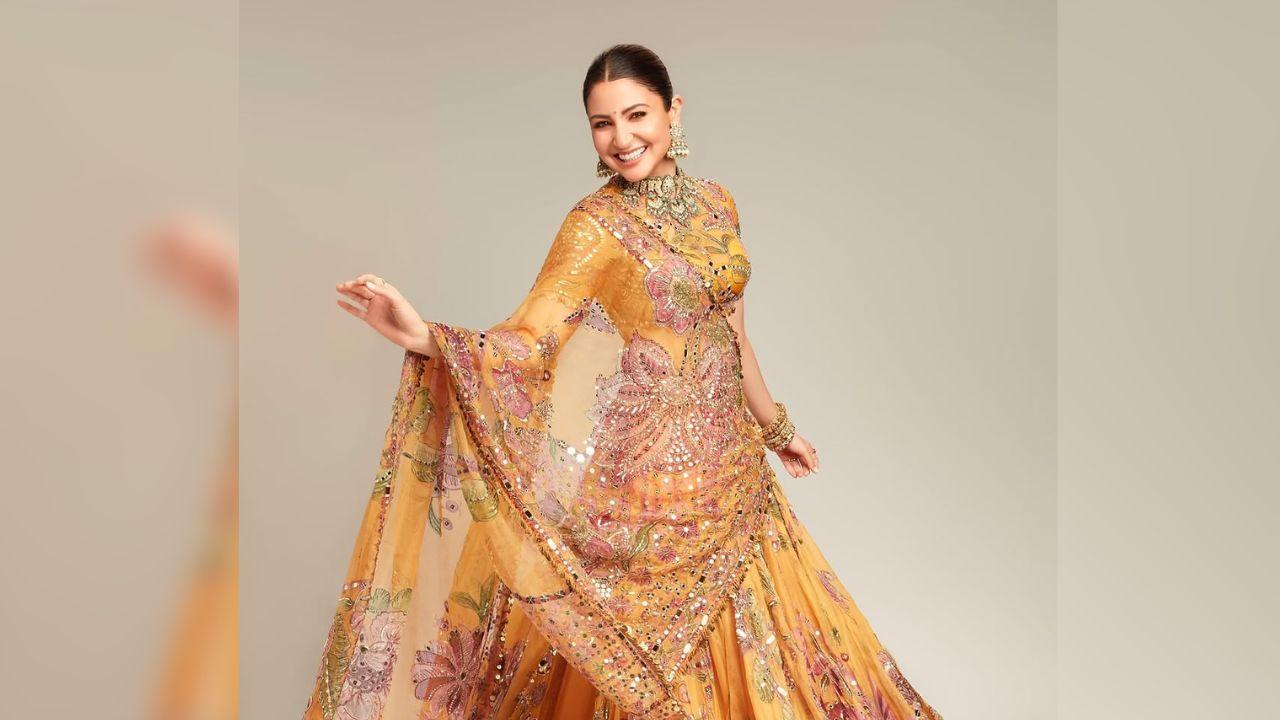
Anushka Sharma is radiating elegance in her yellow lehenga designed by Mahima Mahajan. The stunning outfit exudes royal charm and costs ₹1.6 lakh, leaving every
Palestinian Voices Shine at Sundance Film Festival 2025
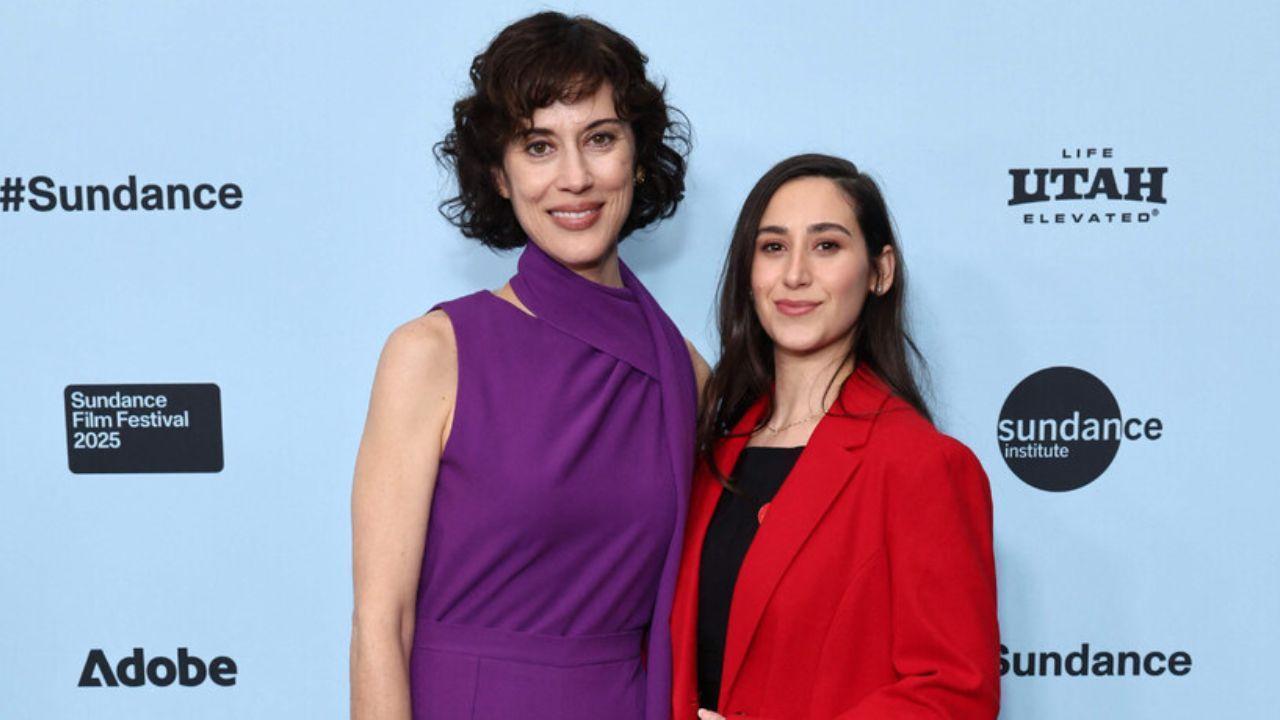
Palestinian-American director Cherien Dabis, set to shoot her personal drama *All That’s Left Of You* in the West Bank, was forced to reconsider her plans after
Colombia Reverses Deportation Decision After Trump’s Threats
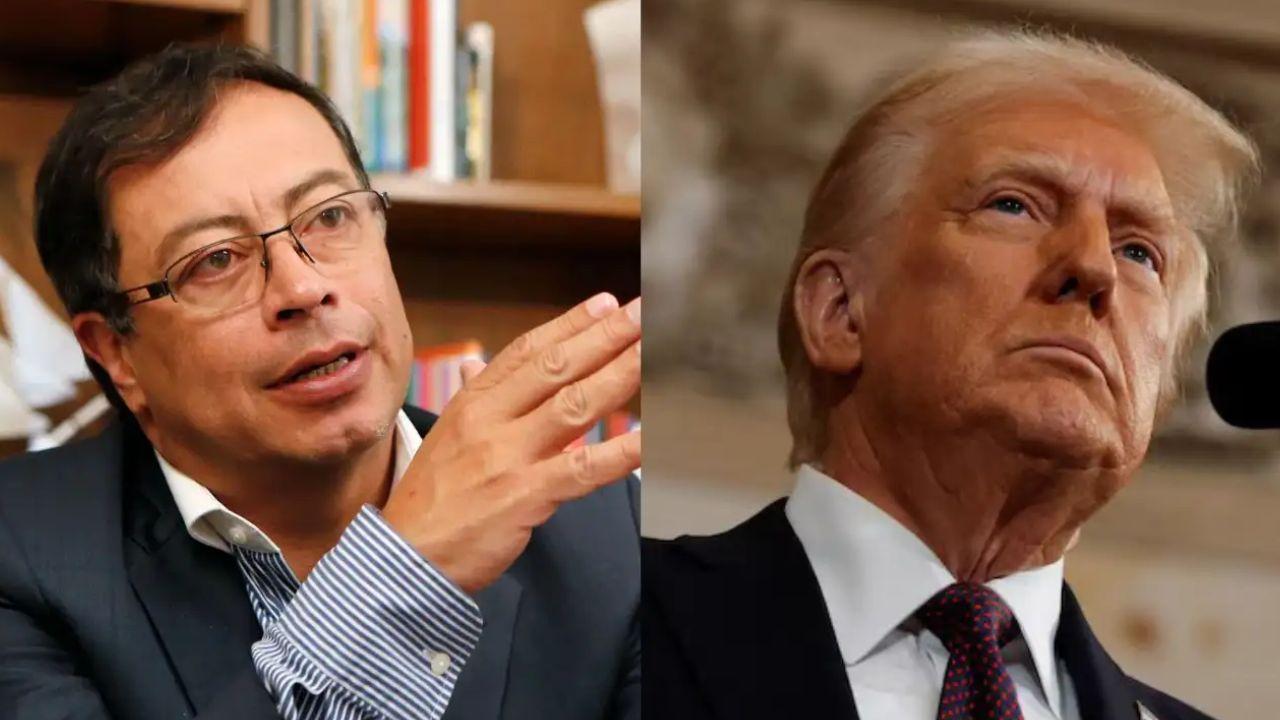
Colombia agrees to accept deported citizens after Trump's tariff threat on Sunday, reversing defiance to US plans
From Underdogs to Winners: Amazing Comebacks in Sports

Discover inspiring sports comebacks where underdogs triumphed
3001E, 30 Floor, Aspin Commercial Tower, Sheikh Zayed Road, Dubai, UAE
+971 52 602 2429
info@dxbnewsnetwork.com
© DNN. All Rights Reserved.